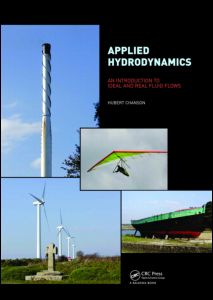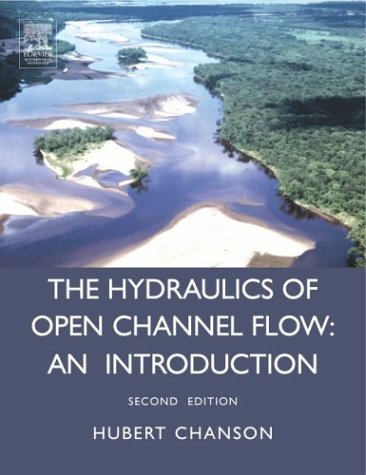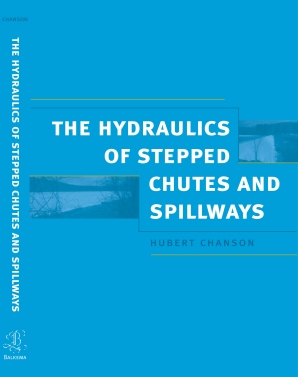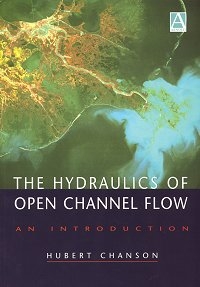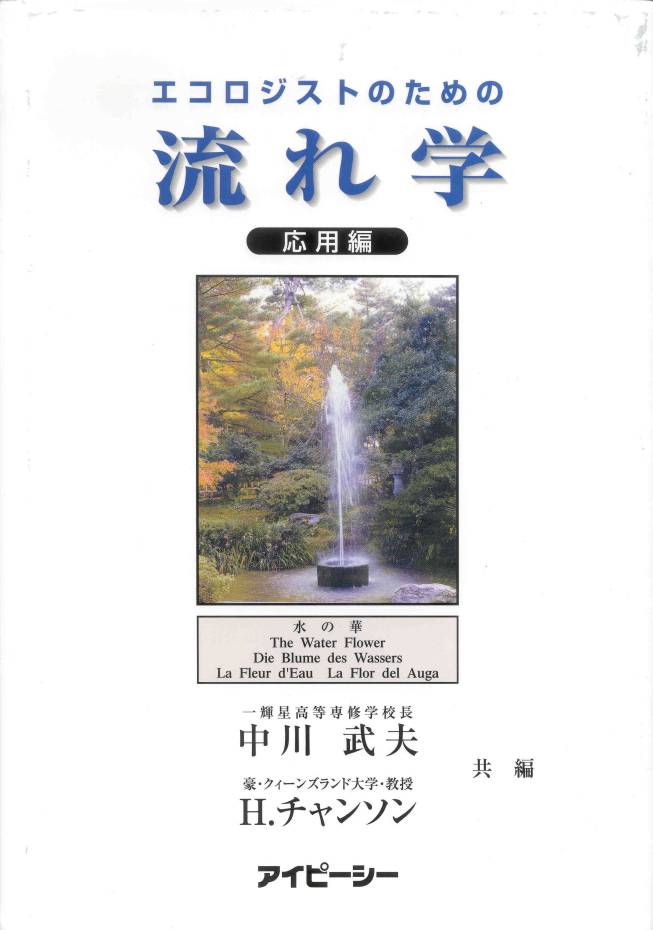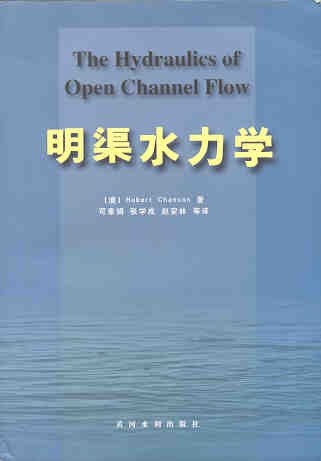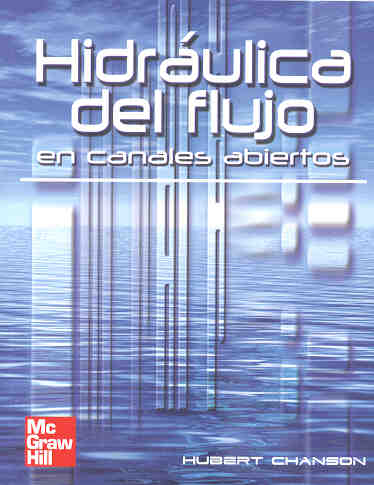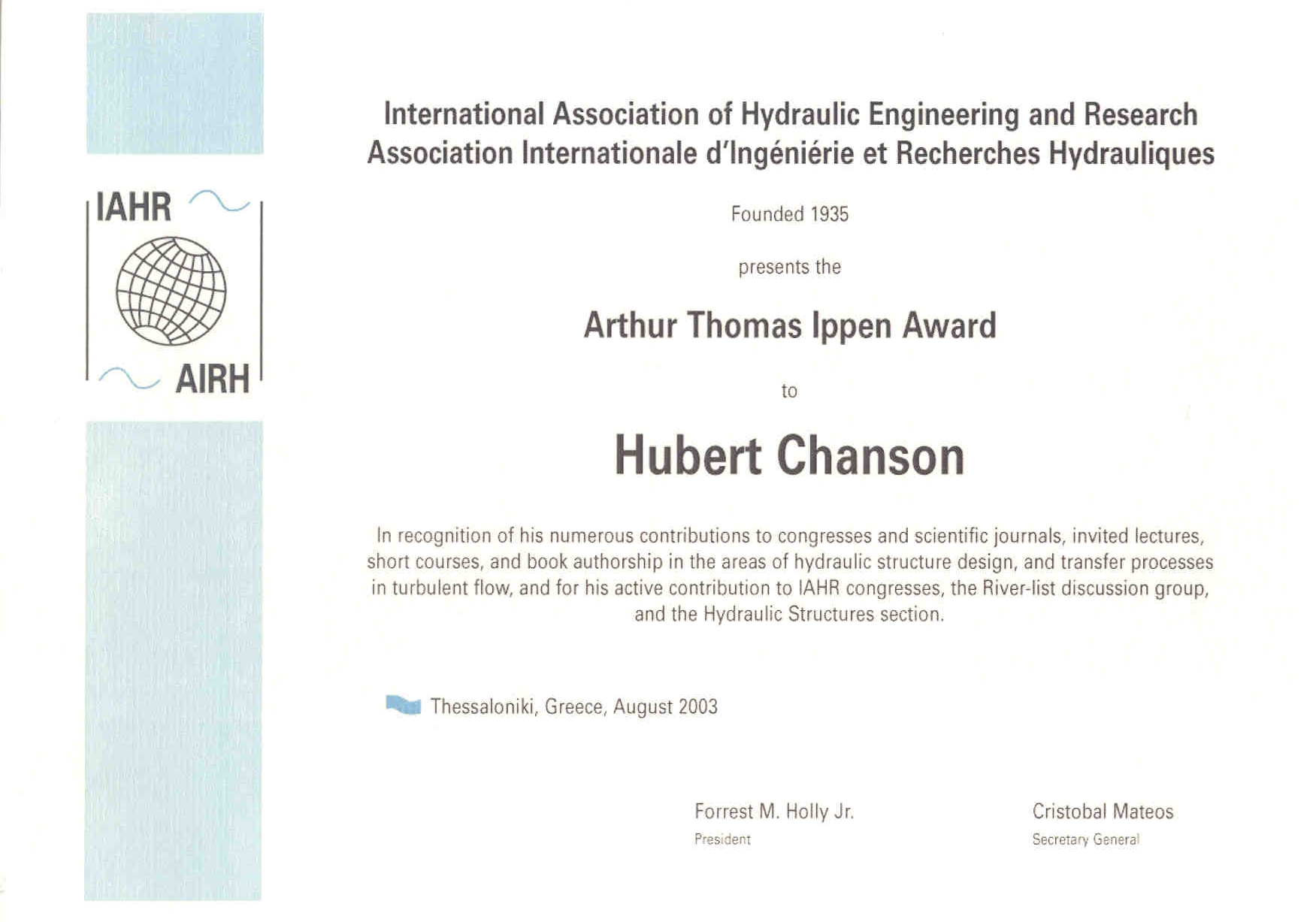A Brief History of
Steel
Dams
by Hubert CHANSON (h.chanson@mailbox.uq.edu.au)
M.E., ENSHM Grenoble, INSTN, PhD (Cant.), DEng (Qld),
Eur.Ing., MIEAust., MIAHR
Dept. of Civil Engrg., Univ. of Queensland, Brisbane
QLD 4072, Autralia

At the end of the 19th century, the rapid
expansion
of the new worlds was associated with an increasing need for water
resources.
This lead to the use of new dam construction material. In Australia,
concrete
was adopted as early as 1873 : i.e., Lower Stony Creek dam, Geelong
(Victoria).
In North-America, three unusual dams were built in steel : three steel
dams (1).
Built between 7 Oct. 1897 and 5 March 1898,
the
Steel dam or Ashfork dam was designed by F.H. BAINBRIDGE (2).
The steel dam wall is 14-m high and 56.1 m long, with two masonry
abutments
(total dam length : 91.4 m). The steel structure was anchored into the
rock foundation. Located 70-km West of Flagstaff (Arizona), the
reservoir
was built originally as a water supply for railroad. It was still used
in the late 1980s for stockwater. Today the dam is still standing
although
disused. Note that the spillway was the dam crest itself : i.e., the
entire
steel dam was an overflow structure. The dam was built at a cost of
$45,800
(SCHUYLER 1909). Note that F.H. BAINBRIDGE
was
from Chicago. His work influenced J.F. JACKSON and hence the
constructions
of the Redridge and Lake Hauser dams.
The Redridge dam was designed by J.F.
JACKSON
whose company built the Ashfork dam. Construction started in June 1900.
Completed in 1901, the Redridge dam is still standing. Located 20-km
North
of Houghton (Michigan), the 22.6-m high 141-m long dam was a water
supply
for stamp mills. The steel structure rests on concrete foundation. A
railroad
was built above the dam crest, using the dam foundation as support. The
reservoir level was full up to 1979 when four large openings were
made to relieve water pressure on the dam wall (3).
Built between 1905 and 1907, the Lake
Hauser
dam was 24.7-m high and 192-m long. It was designed by J.F.
JACKSON.
The dam foundation was washed away on 14 April 1908 and a new concrete
gravity dam was rebuilt from 1909 to 1912. The dam site is located
24-km
North of Helena (Montana).
At the time of construction, the steel dam
design
was significantly cheaper to build than masonry structures. The
long-lasting
records of Ashfork and Redridge dams demonstrated the design soundness
as well as durability and low maintenance costs (REYNOLDS
1989). Nevertheless no new steel dam was built after 1910 (4).

Footnotes
(1)
The term 'steel dam' is used for a steel fixed dam wall by opposition
to
a movable steel dam and barrage.
(2) the
dam
was designed by Francis H. BAINBRIDGE in collaboration with James DUN,
Chief Engineer and A.F. ROBINSON, Bridge engineer of the Santa Fe
system
of railroads (WEGMANN 1922).
(3) In
1894,
a timber weir was built upstream of the present dam location, but it
was
inadequate by 1900 when the decision to build the steel dam was taken
(Redridge
dam, Photo No. 3). The steel dam raised the water level and submerged
the
wood dam. In 1979, 4 holes were cut into the steel dam and the old
wooden
weir is now visible.
(4) In
1894
Francis BAINBRIDGE designed a 64-m high steel dam to be built across
the
Santa Ana river (Cal.). The design was patented in 1895 but it was
never
built (REYNOLDS 1989).
Photographs
(1) Ashfork dam - Photo
No. 1 : view from downstream (Courtesy of Stephanie YARD,
USDA).
(2) Ashfork dam - Photo No. 2 :
detail of the steel structure (Courtesy of Stephanie YARD, USDA).
(3) Ashfork dam - Photo No. 3 :
connection steel dam/masonry abutment (Courtesy of Stephanie
YARD,
USDA).
(4) Redridge dam - Photo No. 1
: view from upstream on 15 Dec. 2001 (Courtesy of Cindy MILLER).
(5) Redridge dam - Photo No. 2
: view from upstream on 15 Dec. 2001 (Courtesy of Cindy MILLER).
(6) Redridge dam - Photo No. 3
: old timber crib weir upstream of the dam (Courtesy of Cindy MILLER).
Completed in 1894, the dam was 16.1 m thick at base, 8.5 m thick at
crest
and 15.2 m high.
Related
links
Gallery of photographs : {http://www.uq.edu.au/~e2hchans/photo.html#Historical
structures}
Redridge dam: {http://www.geocities.com/Athens/Aegean/2272/redweb04.htm}
{http://www.admin.mtu.edu/alumni/cruisin/redridge/pages/steel-dam.htm}
{http://www.copperrange.org/redridge.htm}
References
REYNOLDS, T.S. (1989). "A Narrow Window of Opportunity: the Rise
and
Fall of the Fixed Steel Dam." Jl Soc. for Industrial Archaeology,
Vol. 15, pp. 1-20.
SCHNITTER, N.J. (1994). "A History of Dams : the Useful Pyramids."
Balkema
Publ., Rotterdam, The Netherlands.
SCHUYLER, J.D. (1909). "Reservoirs for Irrigation, Water-Power and
Domestic Water Supply." John Wiley & Sons, 2nd edition, New
York, USA.
WEGMANN, E. (1922). "The Design and Construction of Dams." John
Wiley & Sons, New York, USA, 7th edition.
Acknowledgments
Thanks to John WEAVER and Stephanie YARD (USDA-NRCS, Phoenix, Arizona)
for alerting the writer to these unusual structures. Thanks also to
Cindy
MILLER for information on Redridge dam. Photographs courtesy of
Stephanie
YARD and Cindy MILLER.
License

This work is licensed under a Creative Commons
Attribution-NonCommercial 3.0 Unported License.
Hubert
CHANSON is a Professor in Civil Engineering,
Hydraulic Engineering and Environmental Fluid Mechanics, at
the University of Queeensland,
Australia. His research interests include design of hydraulic
structures, experimental investigations of two-phase flows, applied
hydrodynamics, hydraulic engineering, water quality modelling,
environmental fluid mechanics, estuarine processes and
natural resources. He has been an active consultant for both
governmental agencies and private organisations. His publication record
includes over 600 international refereed papers and his work was cited
over 3,500 times since 1990. Hubert Chanson is the
author
of several books : "Hydraulic
Design
of
Stepped Cascades, Channels, Weirs and Spillways" (Pergamon, 1995), "Air Bubble Entrainment in Free-Surface
Turbulent Shear Flows" (Academic
Press, 1997), "The Hydraulics of
Open Channel Flow : An Introduction" (Butterworth-Heinemann, 1st
edition 1999, 2nd editon 2004),
"The Hydraulics of Stepped Chutes and
Spillways" (Balkema, 2001), "Environmental Hydraulics of
Open Channel
Flows" (Butterworth-Heinemann,
2004), "Applied
Hydrodynamics: an Introduction of Ideal and Real Fluid Flows" (CRC Press, 2009),
and "Tidal Bores,
Aegir, Eagre, Mascaret, Pororoca: Theory And Observations" (World
Scientific, 2011). He
co-authored two further books "Fluid
Mechanics
for Ecologists" (IPC Press,
2002) and "Fluid Mechanics for Ecologists. Student Edition" (IPC, 2006). His textbook "The
Hydraulics of Open Channel Flows : An
Introduction" has already been translated into Spanish (McGraw-Hill Interamericana)
and Chinese (Hydrology Bureau of Yellow River Conservancy
Committee), and the second
edition was published in 2004. In 2003, the IAHR
presented him with the 13th Arthur Ippen
Award for outstanding
achievements in hydraulic engineering. The American Society of Civil
Engineers, Environmental and Water Resources Institute (ASCE-EWRI)
presented him with the 2004 award for the Best Practice paper in the
Journal of Irrigation and Drainage Engineering ("Energy
Dissipation and Air Entrainment in
Stepped Storm Waterway" by Chanson and Toombes 2002). Hubert
Chanson edited further several books : "Fluvial,
Environmental and
Coastal Developments in Hydraulic
Engineering" (Mossa, Yasuda & Chanson 2004, Balkema), "Hydraulics.
The Next
Wave" (Chanson & Macintosh 2004, Engineers
Australia), "Hydraulic
Structures: a
Challenge to Engineers and Researchers" (Matos & Chanson 2006, The University of Queensland), "Experiences
and Challenges in Sewers:
Measurements and Hydrodynamics" (Larrate & Chanson 2008,
The University of Queensland),
"Hydraulic
Structures: Useful
Water Harvesting Systems or Relics?" (Janssen & Chanson 2010,
The University of Queensland),
"Balance and
Uncertainty: Water in a Changing World" (Valentine et al. 2011, Engineers Australia).
He chaired the Organisation of the 34th
IAHR World Congress held in Brisbane, Australia between 26
June and 1 July 2011.
His Internet home page is http://www.uq.edu.au/~e2hchans.
He also developed a gallery of photographs website {http://www.uq.edu.au/~e2hchans/photo.html}
that received more than 2,000 hits per month since inception.
TECHNICAL INTERNET RESOURCES
More about historical
hydraulic
structures ... More about timber
crib weirs ...
More about engineering
failures ... More about arch
dams ...
More about a History of arch dams
.... More about Air
entrainment
on chutes spillways ... More about Rubber
dams ...
More about the Formal Water Garden
....
More about rapid reservoir sedimentation in
Australia
...
More about Minimum Energy Loss culverts
.. More about Minimum Energy
Loss weirs ...
This page was visited : 9,336
times between 05-01-2000 and June 2012.
Last updated on 18/4/2012
